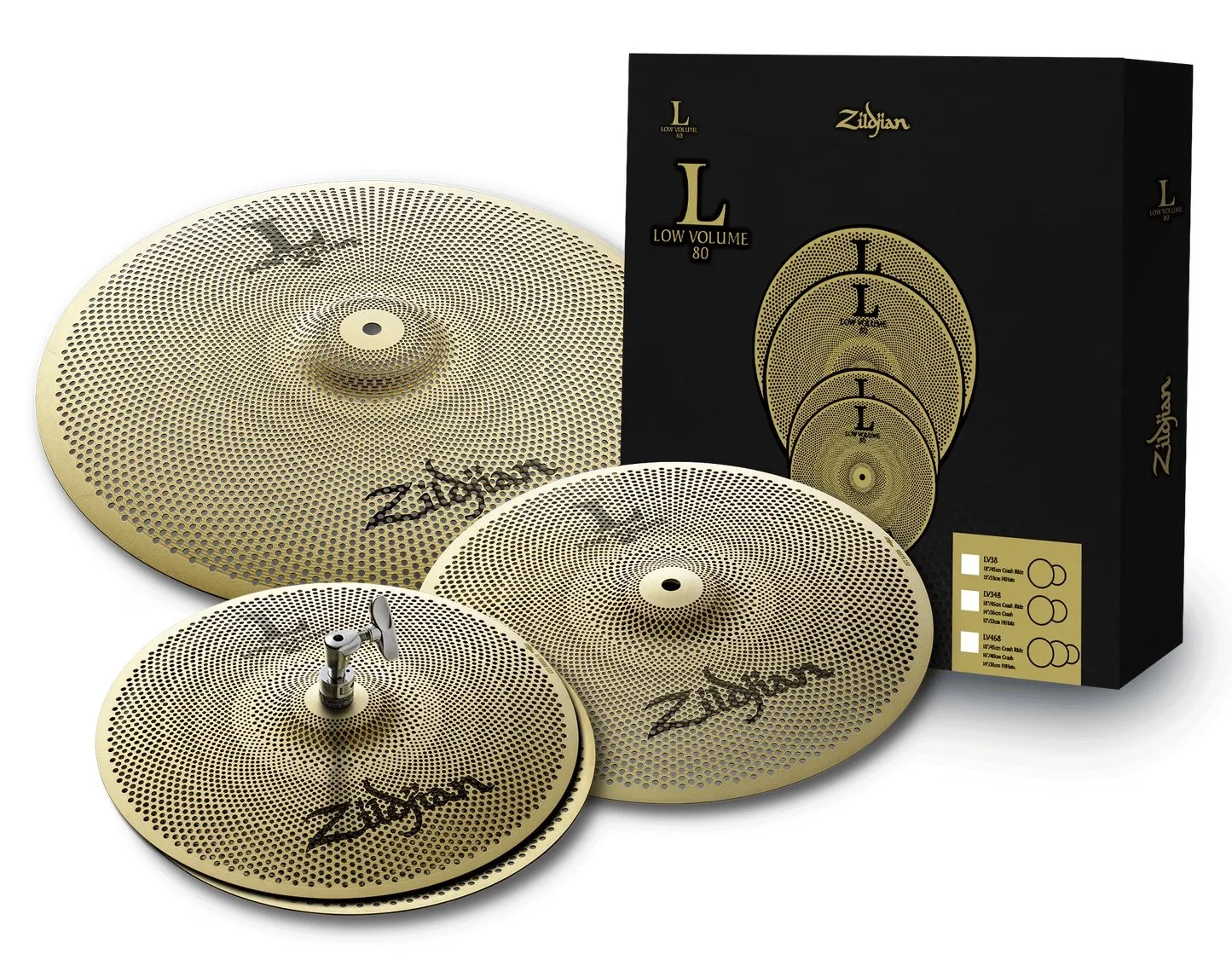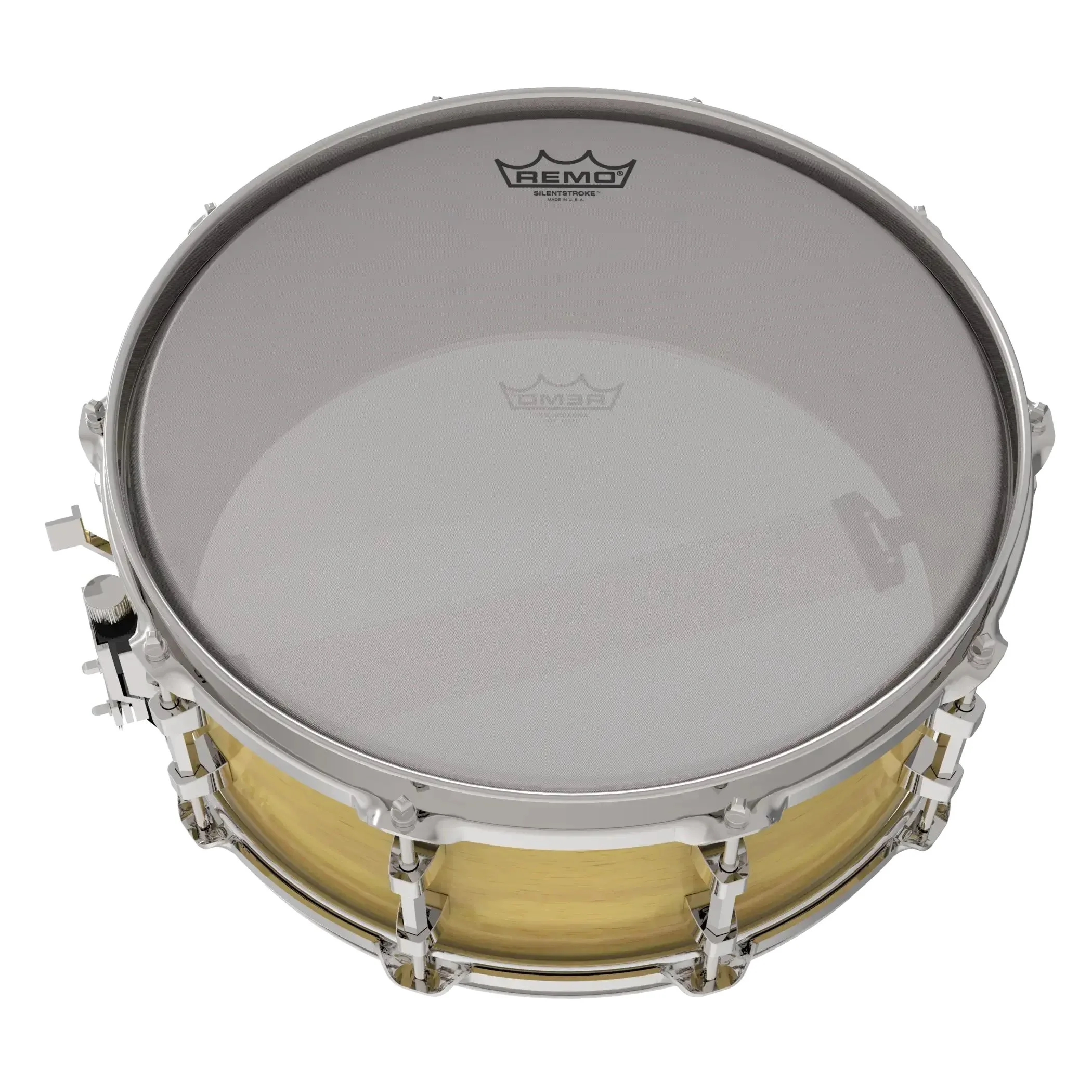A Guide to Buying Your Child's First Drum Kit: Making Informed Decisions
Welcome to my comprehensive guide on purchasing your child's first drum kit. This article aims to provide valuable insights and considerations to help parents make informed decisions. Whether your child is just starting their drumming journey or showing great enthusiasm, it's essential to choose the right drum kit that suits their needs, encourages skill development, and ensures a positive playing experience. Let's explore the different aspects of buying a drum kit step by step.
Acoustic Drum Sets
Acoustic and Electronic are two main options when buying a drum set. Acoustic drum sets are the traditional and most widely recognised option for drummers. They consist of various drums, such as a bass drum, snare drum, tom-toms, and cymbals. A typical Acoustic drum set would look like this example:
The average beginner acoustic drum set typically includes a bass drum, snare drum, two mounted toms, and a floor tom. A standard set will consist of three kinds of cymbals: Hi Hats, Crash Cymbal, and Ride Cymbal. The sizes of the drums and cymbals can vary, but the most appropriate setup for a beginner would be as follows: a 20” or 22” bass drum, a 14” snare drum, 10”/12” or 12”/13” mounted toms, and a 14” or 16” floor tom. Cymbal size can vary as well, but typically Hi Hats are 14”, crash Cymbals are 16”, and Ride Cymbals are 20”
The average cost of an acoustic drum set varies depending on factors such as brand, size, materials, and overall quality. Entry-level or beginner drum kits can be found in the $700 to $1,250 range. These kits typically include essential components like drums, cymbals, and hardware, suitable for those just starting their drumming journey.
Mid-range acoustic drum sets, offering better construction, more features, and improved sound quality, can range from $1,500 to $3,000. These kits may appeal to intermediate drummers seeking a higher level of performance.
Professional or premium acoustic drum sets, designed for advanced drummers and studio professionals can exceed $5,000 and may increase significantly in price, depending on the brand and specifications.
The diverse range of acoustic drum set options allows drummers of all levels to find a kit that suits their playing style and budget constraints. I recommend DW, Gretsch, Ludwig, Mapex, PDP, Pearl, Sonor, Tama, and Yamaha.
Electronic Drum Sets
A Convenient and Low-Volume Option: Electronic drum sets have gained popularity for various reasons, such as their low-volume practice capabilities. They offer the advantage of practising anytime without disturbing others. A typical Electronic drum set would look like this example:
However, it's crucial to note that relying solely on electronic drum sets for an extended period can potentially cause technique, touch, and posture problems. Therefore, balancing low-volume practice and regular acoustic drumming is advisable.
When purchasing an electronic drum set, I advise you to choose between the Roland and Yamaha brands. They are the leading manufacturers of electronic drum sets worldwide and have a wide selection of models. Also, if you have an issue with your electronic drum set, you will find it easier to repair it with these companies.
The average cost of an electronic drum set can vary widely depending on factors such as brand, features, and overall quality. Entry-level electronic drum kits, suitable for beginners or those on a budget, can be found in the $900 to $2,000 range. These kits typically offer basic functionality and may have fewer advanced features.
One issue I notice with some entry-level electronic drum kits is the use of a 'Beaterless Bass Pedal'. This feature is included in some beginner models to keep the sound to a minimum and decrease the required space. While the beaterless pedal is suitable for the initial stages of learning drums, it severely impacts the technique required to improve bass drum playing as the student becomes more advanced. If you plan to buy an electronic drum set with a beaterless pedal, I strongly recommend upgrading to a kit with a standard bass pedal when the child starts their third year of playing.
Mid-range electronic drum sets, which offer a more comprehensive set of features, better sound quality, and enhanced playability, often cost between $ 2,000 and $4,000.
Premium electronic drum kits, designed for professional or advanced drummers, can exceed $5,000 and may include top-of-the-line features such as advanced sound modules, realistic drum pad technology, and extensive customization options.
It's important for potential buyers to consider their skill level, specific needs, and budget constraints when exploring the diverse market of electronic drum sets.
Modifying Acoustic Drum Kits for Softer Playing
When parents are considering purchasing an acoustic drum kit for their child, addressing any concerns about the volume is essential. Fortunately, there are ways to reduce the sound of an acoustic drum kit. One way to do this is by adding muffling devices like drum mutes, designed to reduce volume and provide a suitable solution for children to practice at home with quieter sound levels.
However, it's worth noting that these muffling devices can sometimes provide an unrealistic feel and affect a student's touch and technique.
As an alternative, I recommend mesh drum heads and low-volume cymbals. These are real drum heads and cymbals designed to produce about 80% less volume than regular cymbals. Using these alternatives does not negatively affect a student's touch and technique, as would using muffling pads or electronic drum kits.
Determining Your Budget
Setting a budget is an integral part of the drum kit buying process. It's important to strike a balance between affordability and quality. Beginner drum kits are available in various price ranges, and it's essential to consider the longevity of the kit, its durability, ease of assembly, and the included accessories. Researching different options and examining customer reviews will help you find the best value for your investment.
Buying New vs. Used Drum Kits
Deciding between purchasing a new or used drum kit is a common dilemma. While new drum kits guarantee the latest features, warranties, and potentially longer durability, used drum kits can offer more cost-effective options. If considering a used instrument, inspect it thoroughly and ensure it meets your quality standards.
An issue you may face when buying a used drum kit is that there might not be any available in your area when you want to purchase one. It might take several months of checking online second-hand forums before something comes up.
It's important to note that the drum kit advertised as "shells only" might not include the necessary hardware or cymbals required for a complete drum set. Although the listing might appear affordable, it's important to consider the time and cost required to purchase the missing items.
Additionally, if purchasing from an individual, inquire about the kit's history and maintenance. It would also be a good idea to send any information about the kit to your child's drum teacher or a trusted drummer. They can tell you whether or not the asking price is fair or if there are visible issues with the drum set.
Great places to look for second-hand drum kits include Facebook marketplace or eBay.
Seeking Guidance from a Drumming Professional
To ensure a well-informed decision, it's always beneficial to consult with a drumming professional or seek advice from your child's drum teacher. They can offer valuable insights, recommend appropriate drum kits for beginners, and provide guidance on choosing the right size, brands, and additional accessories that may be essential for your child's drumming journey.
In Conclusion
Choosing the right drum kit for your child's musical aspirations is an exciting and important process. By considering the pros and cons of electronic and acoustic drum sets, exploring alternative options for reducing volume, setting a realistic budget, and seeking guidance from professionals, parents can make informed decisions that will not only support their child's musical growth but also lead to a positive and enjoyable drumming experience.
Remember, a well-chosen drum kit can make a substantial difference in your child's motivation, progress, and overall development as a drummer. Happy drumming!




